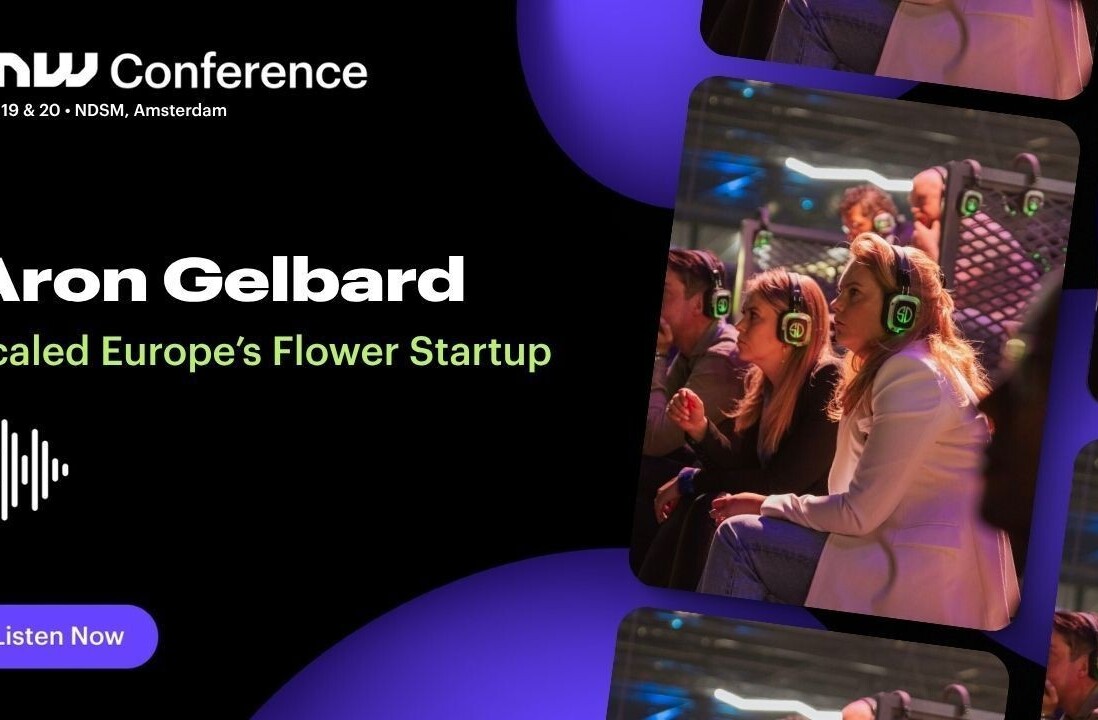
Building a startup is like launching a brand new rocket ship… every day of the week. How? Let me explain.
Rocket boosters, which provide additional thrust to enable a rocket ship to escape the gravitational pull of Earth, are removed within two minutes of flight in order for the rocket to continue the ascent. I see this similar to the early days of your operation, which are all about putting in maximum effort to attain momentum and lift off.
However, it’s extremely critical to realize that there soon comes a point where strategies and practices which were driving growth, soon stop working and there is an urgent need for another launch. The journey is a constant loop of learning, un-learning, and re-learning at high velocity, consistently.
I’ve seen this repeatedly at Dastgyr, so let me provide a brief overview of what our growth looked like before diving into the lesson we learned.
We were born in the middle of a pandemic, helping small and medium-sized retailers to procure inventory with an app-based solution that enables them to get on-demand doorstep delivery within 24 hours, at the lowest prices, along with an opportunity to buy now and pay later. The only issue was that the majority of them were not literate enough to seamlessly use an MVP app and change their decades-old behavior of buying offline.
Our team devised a playbook to conduct mass trainings and iterate at lightning speed to ship a product that is seamlessly used by low-literacy users, enabling the leap from 0 to thousands of orders per day with more than 90% orders coming in organically without the involvement of a sales team. In our line of business, the success of our customers is directly linked to the prosperity and growth of our entire economy.
So here’s what we learned and how we were able to operate successfully at the speed that we do:
1. People first
People are the most critical element in any organization, and they tend to gravitate towards areas of work that involve the best use of their own superpowers.
There needs to be a culture where teammates are encouraged to pick and choose the problems they want to solve; senior leaders can make a huge positive impact by looking out for potential superpowers in teammates which they can hone by taking on projects and tasks which help bring their potential to practice.
Our team operates with a culture of autonomy where problem-solving is at the heart of everything we do, regardless of what departments/functions teammates belong to. One team, one mission.
When the people in a company are intrinsically motivated like at Dastgyr, I feel there’s an endless sense of exciting urgency to move faster than yesterday, solve more problems than yesterday, create more impact than yesterday. 1% day-on-day growth till eternity.
2. Clarity of goals and open channels of communication
Significantly high levels of performance and intrinsic motivation are experienced by doing simple things like making sure each teammate knows the impact their input would have in the larger scheme of things. Each teammate should be empowered with knowledge of what their contribution results in, and what it can potentially help accomplish.
As a team, witnessing efforts transform into measurable results is one of the most exciting things about the journey.
Some of the most crucial operational challenges we’ve faced at Dastgyr were solved by teammates who joined in the commercials function by observing a challenge, communicating a potential solution, forming a cross-functional team, deep-dived into the problem, and solving it. Always linking growth goals with the overall business goals.
Teams repeating mistakes another part of the company has already made is a surefire way to slow down growth. That’s why success comes down to experimenting fast, failing fast, documenting learnings, communicating learnings, measuring impact, rapid course correction, moving at high velocity, and over-communicating very very effectively to make sure the same mistakes are not repeated.
3. Take guidance from those you aim to please (customers)
You need to challenge and change traditionally accepted behaviors, not just conform to them. Keep asking why something is the way it is in the market, then find a better way to do that, with fewer resources and more impact.
But how are you supposed to find what exactly is the ‘better way’?
Well, when in doubt, I always think cross-functional teams should talk to customers together. Oftentimes, customers will not know the solution to their biggest problems, but what they say will point you in the right direction on what to build. I know this is a decades-old practice, but it still holds true and is worth reminding yourself of often.
The way we handle it, the entire team talks to the customers and then meets up for joint coffee breaks and feedback sessions on a weekly basis. These conversations are incredibly insightful as it allows us to understand the changes we need to make in terms of every single element of the company; demand generation, operations, UI/UX, commercial decision-making — i.e. everything.
We also always end these meetings with customers on a promise to give it our best, which creates extra incentive to follow through and find the best solution.
4. Constantly seek advice; it’s massively underrated
This one is short and simple. You should intentionally keep one day in the week to talk to other startups, mentors, and founders.
Sometimes people from an entirely different industry have figured out a solution that might be incredibly useful for you with some minor tweaking. Miracles can happen through communication in unexpected places — so make time for it.
5. Have a high tolerance for failure
The famous phrase “you win some, you learn some” is one to live by. Some of the greatest moments of repeatable growth often stem directly from the learnings of our greatest failures. This doesn’t mean you should ‘accept’ failure, but you need to learn not to fear it either.
You will fail. Embrace it. Learn to fail smart and fast. Soon, the familiar road to recovery will lead to unimaginable success.
In the very early days, we were struggling with demand generation as we entered uncharted territory. The entire team (10 people) used to get on a call and dissect every probable root cause and lock an execution plan to solve it. With almost 20 failed experiments, we finally developed a scalable playbook.
As they say, “You are not defeated when you lose. You are defeated when you quit.”
Our learnings
So to sum up, based on my and my team’s experience, these are the critical elements you need to focus on to maintain a startup’s continual growth:
- Always link growth goals with the overall business goals. Experiment fast, fail fast, document learnings, communicate learnings, measure impact, rapid course correction, move at high velocity, and over-communicate very very effectively to make sure the same mistakes are not repeated by other teams. Otherwise, growth will grind to a halt.
- Startups need to think about growth in terms of scalability: what we’re doing today, will it still be helpful to us when we’re at 20x the scale, or will it become a bottleneck?
- Lastly, you need to religiously operate keeping Murphy’s law in mind; if something can go wrong, it most definitely will. Then you have to commit to intentionally making sure it doesn’t, no matter what it takes, and always be on the offense.
All of this especially holds true in the B2B space, where there are fewer players and presumably less space for out-of-the-box thinking, but that’s exactly where someone who employs a new, more effective strategy wins!
Get the TNW newsletter
Get the most important tech news in your inbox each week.




